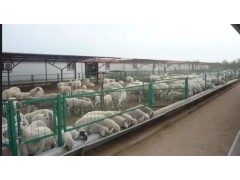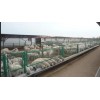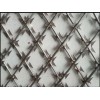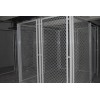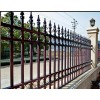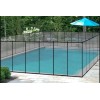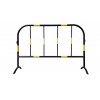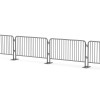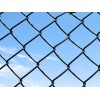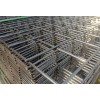Electric Woven Wire Field Fence With Barbed Wire for Hog, Horse, Chain link Field Fence and Deer Fence
Steel field fence is a type of metallic fencing that is made from interwoven metal wires. Steel Field Fence is a type of fencing that is typically used to contain livestock or other animals. It is made up of closely woven steel wires and is often used in both farming and residential applications. When selecting a Field Fence, it is important to consider the height, spacing between fence posts, the type of installation, the characteristics and specification of the product, as well as its service life and maintenance requirements.
Field Fence is strong, durable, and cost-effective. To install Steel Field Fence, you should first consider your livestock, farming layout, and terrain. When selecting Steel Field Fence, you should look at the gauge, height, and triangle spacing between the fence posts. The most common form of installation is a single-strand fence with diamond-shaped mesh. The main factors to consider when determining the height of the fence are the height of the livestock, terrain, and region. When calculating the spacing between fence post, it is important to take into account the gauge of the material and the weight load on the fence. The spacing should be close enough so that the fence can support the weight of the livestock, but far enough apart to allow proper airflow and reduce stress on the fence. There are also two-strand fences, corner braces, and line posts, which can be used for additional strength and stability.
The fence height and spacing of posts are carefully calculated based on the size and type of animals to be enclosed, as well as the land terrain. There are several types of installation for Steel Field Fence, including buried wire and screw-in post types. The specifications, characteristics, and service life of Steel Field Fence depend on the type of material used, such as galvanized or vinyl coated steel for extra corrosion resistance. Proper maintenance is necessary to ensure the longevity of the fence, such as regularly checking for damage or loose posts and conducting necessary repairs.


